How to perform CPR on a baby or child
If the baby / child is not breathing, you should call an ambulance and start rescue breaths and chest compressions immediately.
You do not need to check for a pulse, as this often wastes valuable time. If a public defibrillator (AED) is available, then it should be sent for immediately.
Children
1) First deliver five rescue breaths
Open the child’s airway using the head tilt / chin lift technique. Pinch the nose and deliver five rescue breaths. Each breath should only last around a second, be cautious not to over inflate the child’s lungs.
2) Then give thirty chest compressions
Place the palm of one hand in the centre of the child’s chest on the breastbone (sternum). Give thirty chest compressions at a rate of 100 – 120 minute
3) After thirty chest compressions, deliver another two rescue breaths
4) Repeat the cycle of thirty chest compressions to two rescue breaths (30:2)
Babies / Infants
1) First deliver five rescue breaths
Ensure the baby’s head is in the neutral position. Cover their mouth and nose with your mouth and deliver five rescue breaths.
Each breath should only need a ‘puff’ of air from your cheeks.
2) Then give thirty chest compressions
Use two fingers to compress the baby’s chest on the breastbone (sternum) at a rate of 100 – 120 chest compressions per minute.
3) After thirty chest compressions, deliver another two rescue breaths
4) Repeat the cycle of thirty chest compressions to two rescue breaths (30:2)
Want to learn more about first aid? Have a go at one of our free online first aid courses. We offer a totally free online pediatric first aid course.

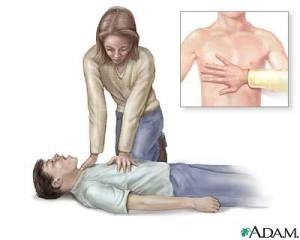
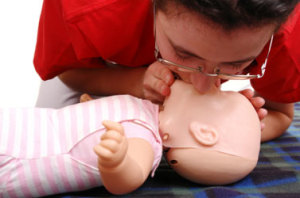
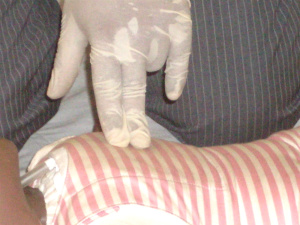

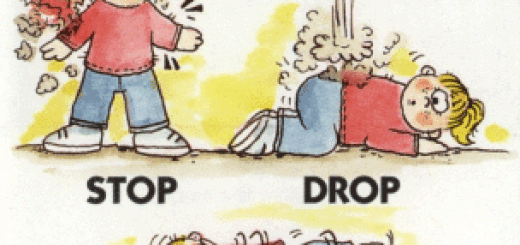
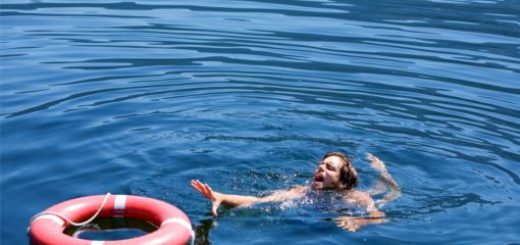


I always believe that its good to learn something new everyday. Though I have attended a few FirstAid training sessions earlier but I was not clear about the steps about CPR for Infants as you cannot go for normal steps as adults. Thanks a lot and the video made it clearer.
OK